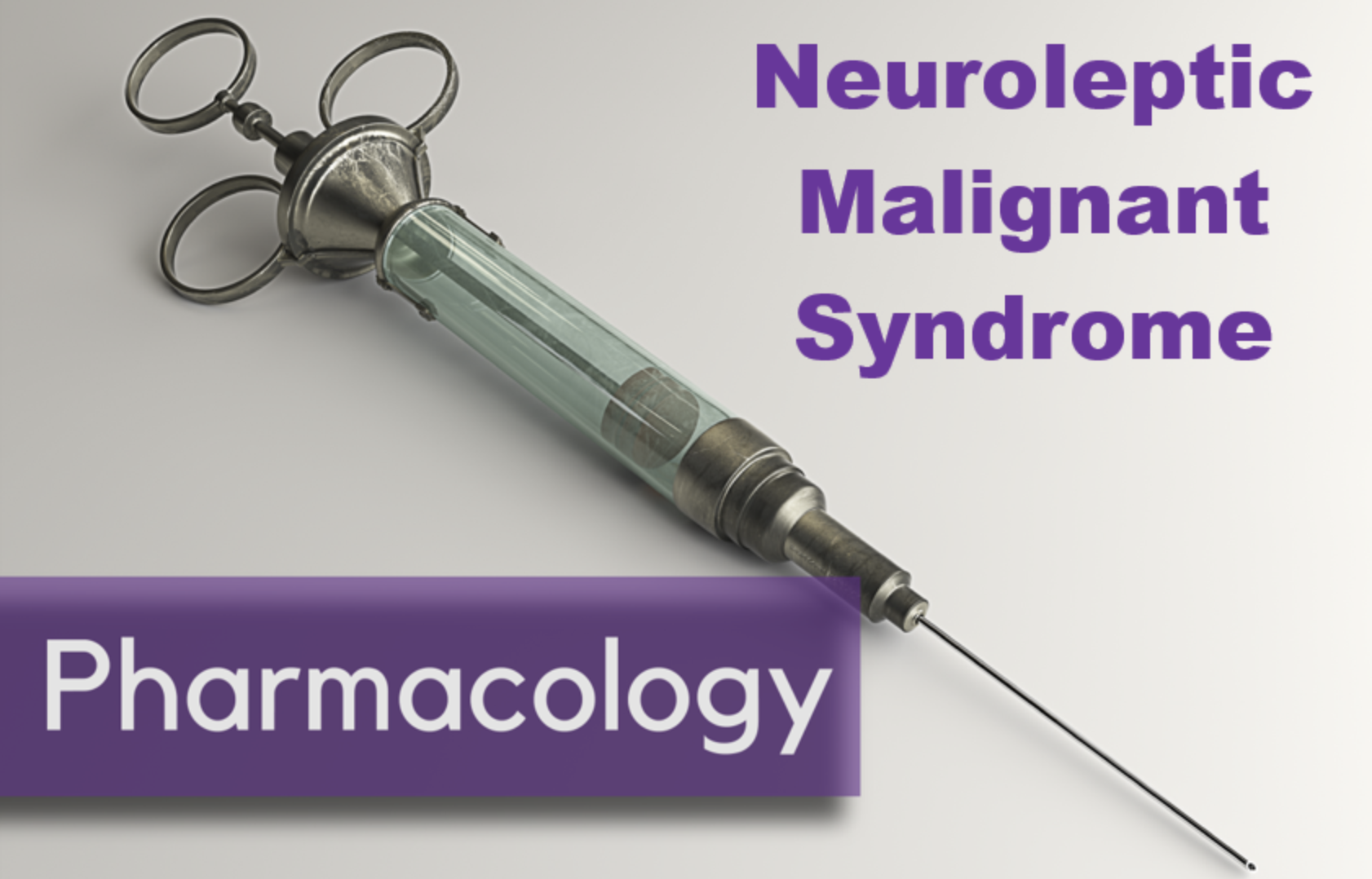Written by: Alexandra Franiek, MD (NUEM ‘26) Edited by: Emma Greever, MD (NUEM ‘25)
Expert Commentary by: Ben Weigel, MD
Expert Commentary
Thank you for the opportunity to review this excellent post by Drs. Franiek and Greever.
Exposure to hydrofluoric acid (HF) is a true medical emergency due to its unique properties and potential for systemic toxicity. When I manage these cases over the phone as a poison control consultant, here are the key questions I ask right away:
What was the concentration of the HF product?
Solutions >50% are highly toxic and carry a significant risk of systemic effects (e.g., electrolyte abnormalities, cardiac arrhythmias).
What was the route of exposure? Was the exposure intentional or unintentional?
Suicidal oral ingestions of concentrated HF are often rapidly fatal.
Unintentional dermal exposures are more common, particularly occupational hand exposures. Don’t be fooled, though – dermal exposures can also be very dangerous, even with minimal external damage. Burns covering >2.5% TBSA increase the risk of systemic toxicity.
Is the patient having immediate pain?
Immediate pain out of proportion to the exam suggests a high concentration (>50%) exposure.
For patients with high-risk exposures or symptoms concerning for systemic toxicity, essential diagnostics include an ECG (to assess for evidence of hypocalcemia and hyperkalemia) and serial electrolyte panels.
The cornerstones of management for HF exposures involve removal from exposure, decontamination, and providing antidotal treatment (i.e., calcium). Apply a calcium gluconate gel or slurry for dermal exposures to the affected area. If the hand is involved, putting the calcium slurry into a glove and the glove onto the hand is a method to continuous bathe the exposed area. Monitor these patients for progression of pain or development of systemic symptoms. Patients with systemic toxicity or burn from a highly concentrated product should be given empiric intravenous calcium chloride (10% solution). Serial electrolyte panels should be used to guide repletion of calcium and magnesium and determine if patients need treatment for hyperkalemia (with standard treatment algorithm).
Disposition in some cases can be nuanced, but here are some general guidelines:
Admit patients with systemic toxicity to an ICU with continuous cardiac monitoring for at least 24 hours.
Admit patients with large TBSA or highly concentrated dermal burns to a Burn ICU with frequent neurovascular checks.
Patients with low-risk dermal exposures who have adequate pain control after irrigation and/or antidotal treatment may be discharged home with close follow-up.
Call Poison Control to assist with all hydrofluoric acid exposures!
Ben Weigel, MD Toxicology Fellow Department of Emergency Medicine University of Illinois, Chicago
How To Cite This Post:
[Peer-Reviewed, Web Publication] Franiek, A. Greever, E. (2025, May 20). Hydrofluoric Acid Dermal Burns [NUEM Blog. Expert Commentary by Weigel, B]. Retrieved from http://www.nuemblog.com/blog/hydrofluoric-acid-dermal-burns














